Gaeta, Lazio, the Split Mountain.
2022
According to the most famous legend, the Montagna Spaccata di Gaeta split into two large blocks of rock at the time of Christ's crucifixion, leaving an inlet to the clear waters of the Gulf. The waters of the Mediterranean poured into the rupture lines, forming underground caves and streams. The natural recess became an ideal hiding place for pirates since ancient times.
You may also like
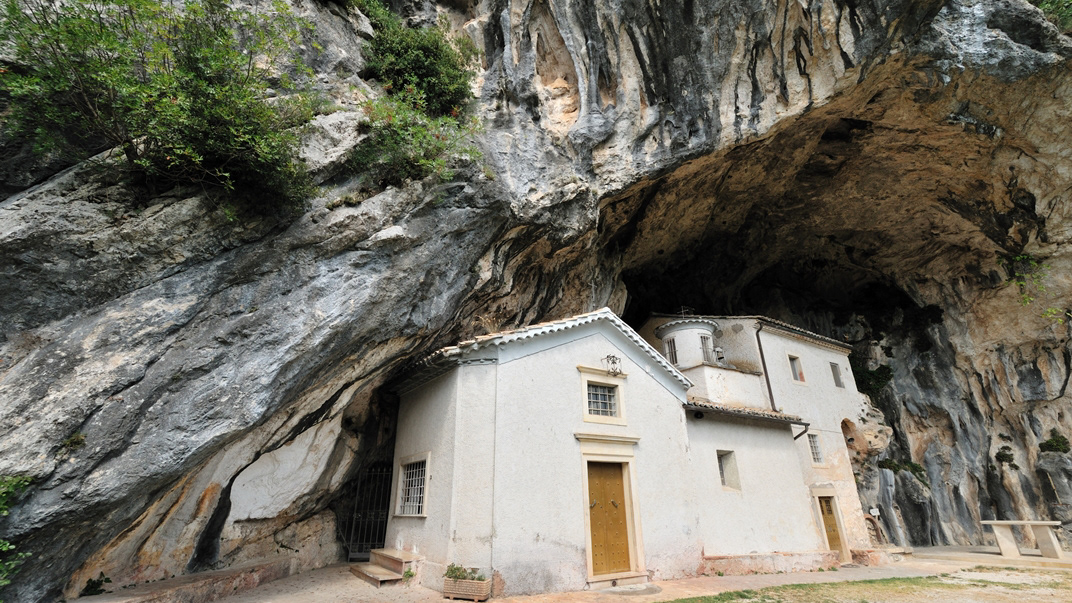
2015
Collepardo (FR) - Sanctuary of the Madonna delle Cese
A few minutes from the Certosa Trisulti (Collepardo - FR) you can visit the Sanctuary of the Madonna delle Cese, a small hermitage located in a suggestive cave.

2024
Bracciano. The Orsini-Odescalchi Castle
It is located in the municipality of Bracciano and dates back to the 15th century. Composed of three circles of external walls, it has five towers, one for each vertex of the external fortification.
2022
Serapo beach
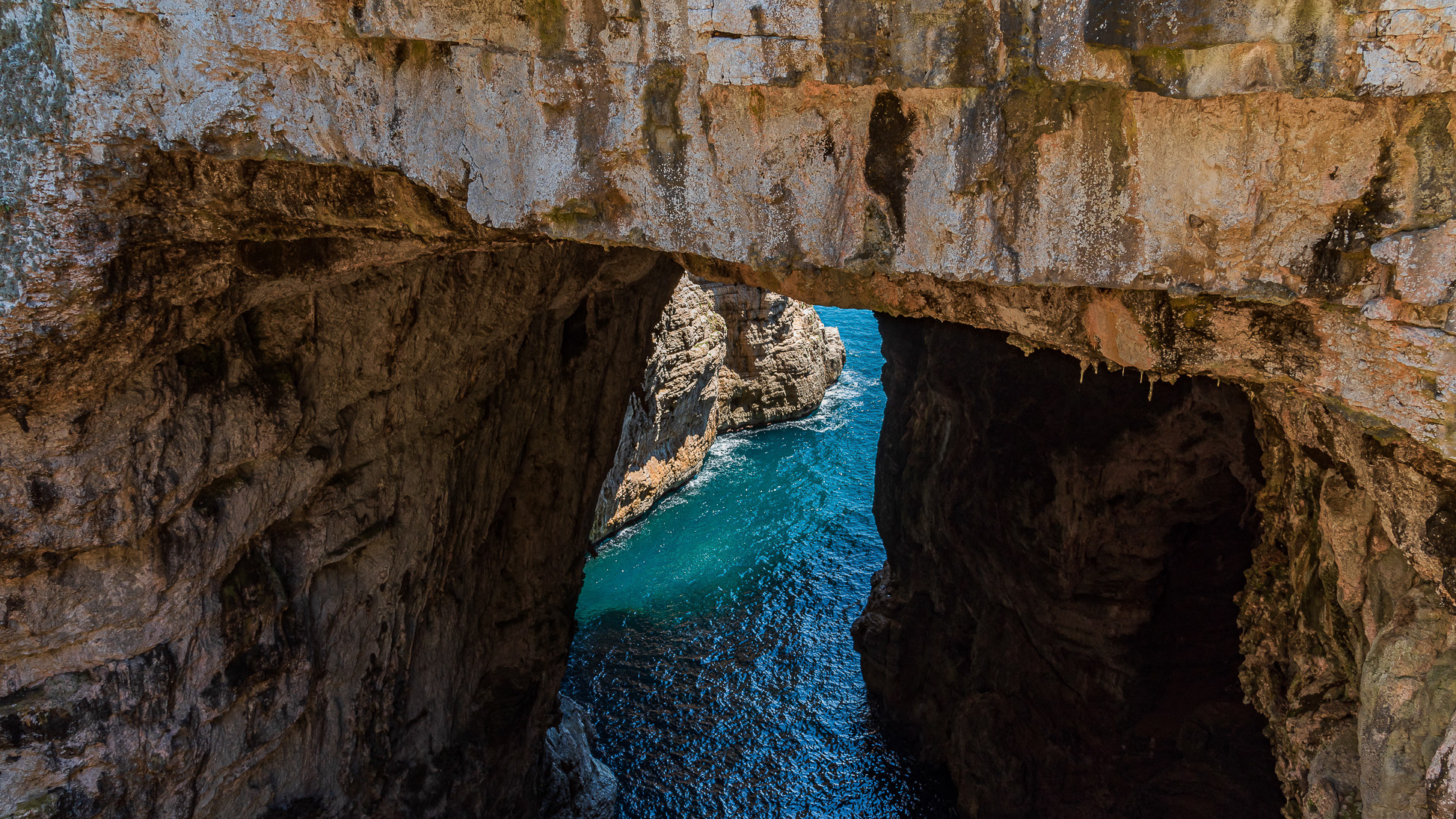
2022
Gaeta, Lazio. The Grotta del Turco
Grotta del Turco is so called, as in the ninth century the ships of the Saracens took refuge in the crevices of this strategic promontory, to attack ships in transit and plunder them.

2025
Priverno. Co-Cathedral of Santa Maria Annunziata
The diocese of Priverno has very ancient origins (figures of martyrs from the early centuries and the recent discovery of the remains of the ancient Paleochristian Cathedral in the archaeological site of Privernum, a Roman city). But the first certain evidence (documents and acts of jurisdiction) date back to the second half of the 8th century, when the signature of Bishop Boniface of Priverno also appears among the signatories of the acts of the Lateran Council called by Pope Stephen III. The diocesan cathedral, also very remote, was destroyed by a fire in 1159, later rebuilt and consecrated by Pope Lucius III in 1183. The building was renovated with various attempts starting from the seventeenth century until reaching the current layout with the addition of the side chapels. The final restoration, which took place between 1776 and 1780, brought about some alterations in a Baroque style with a central-southern influence.

2017
Marina di Minturno (LT) - Parte I
2024
Tyrrhenian sea, Lazio, Italy. Spectacular sunset
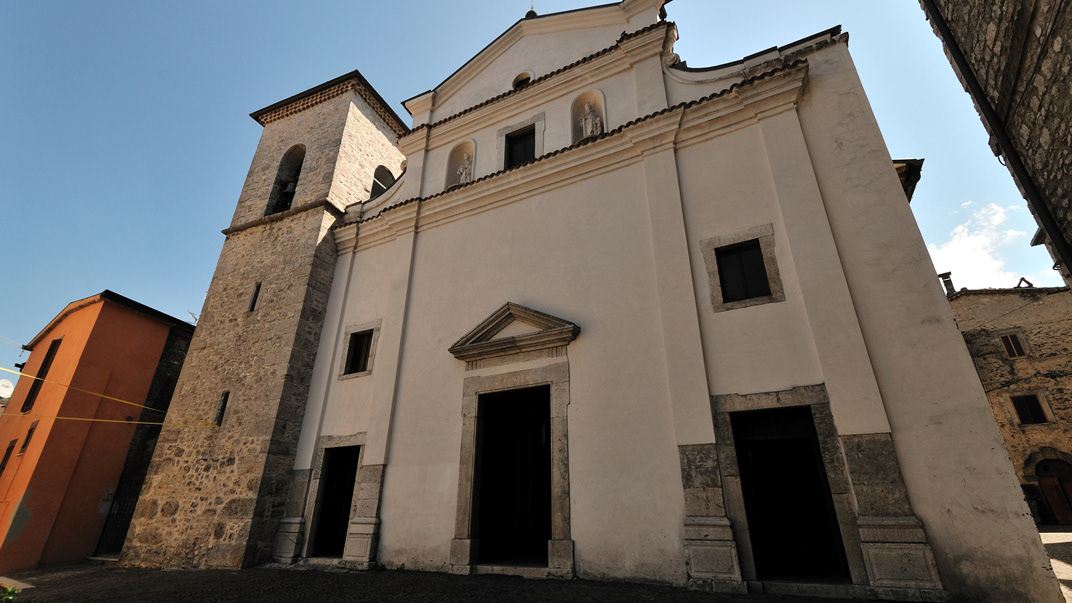
2015
Amaseno (FR)
Amaseno (IPA: amaˈsɛːno, locally Masè) is an Italian town of 4,352 inhabitants in the province of Frosinone in Lazio. Church of San Pietro Apostolo; it dates back to the 14th century, in fact it is mentioned in some documents concerning the payment of taxes. Over the centuries the church underwent various changes, until 1749. In 1944 due to the bombing of the Second World War it was damaged and had to be restored. Some parts of the church are in the Gothic style. It has three naves and an 18th century apse. Church of Santa Maria dell'Auricola; it is located on the Auricola hill on a height of 270 meters. It dates back to the 13th century, in fact the church is mentioned in some documents of Pope Honorius II towards the beginning of the 13th century. According to some hypotheses, the church was founded by Cistercian monks. In 1893 the church passed into the hands of some bishops, who in turn entrusted it to the Franciscan fathers who had it restored. Like many other churches in the area, it suffered a lot of damage in the Second World War. Now the church is in the hands of the Curia of Ferentino. Church of Santa Maria Assunta; consecrated in 1177, it was probably completed at the end of the 13th century, the year in which the pulpit made by Pietro and Giacomo Gullimari de Piperno (Priverno) is dated. The church, which shows numerous Cistercian features, both in the plan and in the architectural sculpture, preserves interesting medieval and modern works of art inside. It also possesses the prodigious Blood of San Lorenzo martyr which melts on the occasion of the feast (10 August)
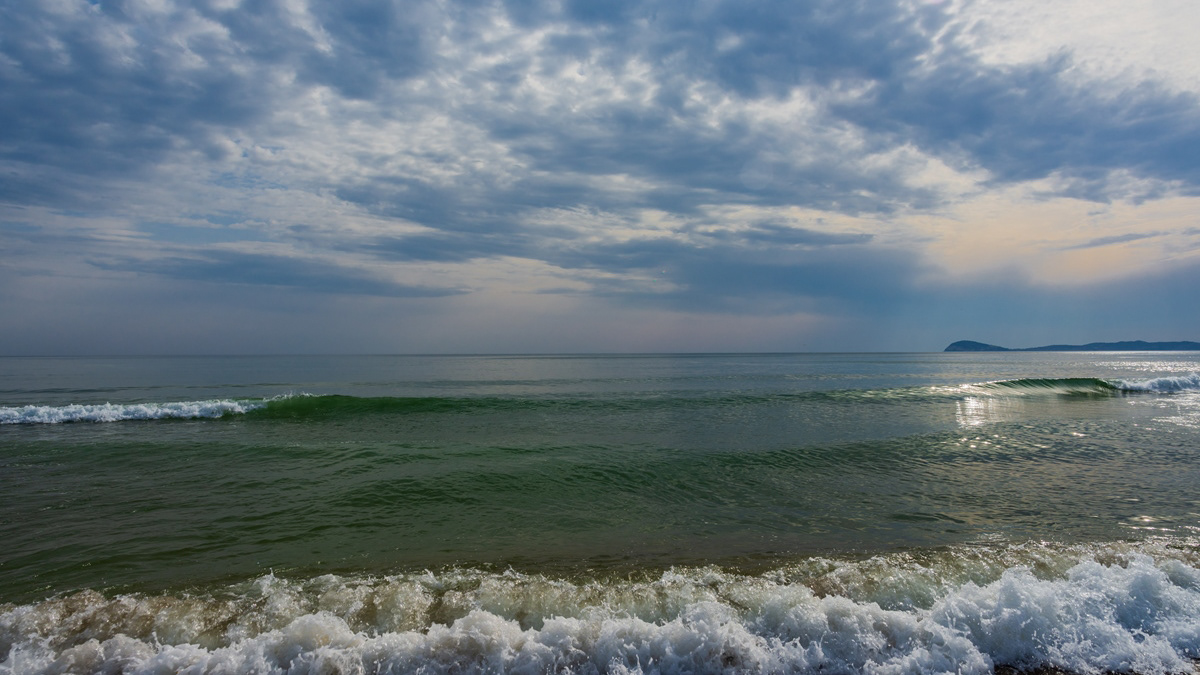
2017
Marina di Minturno (LT) - Parte VI
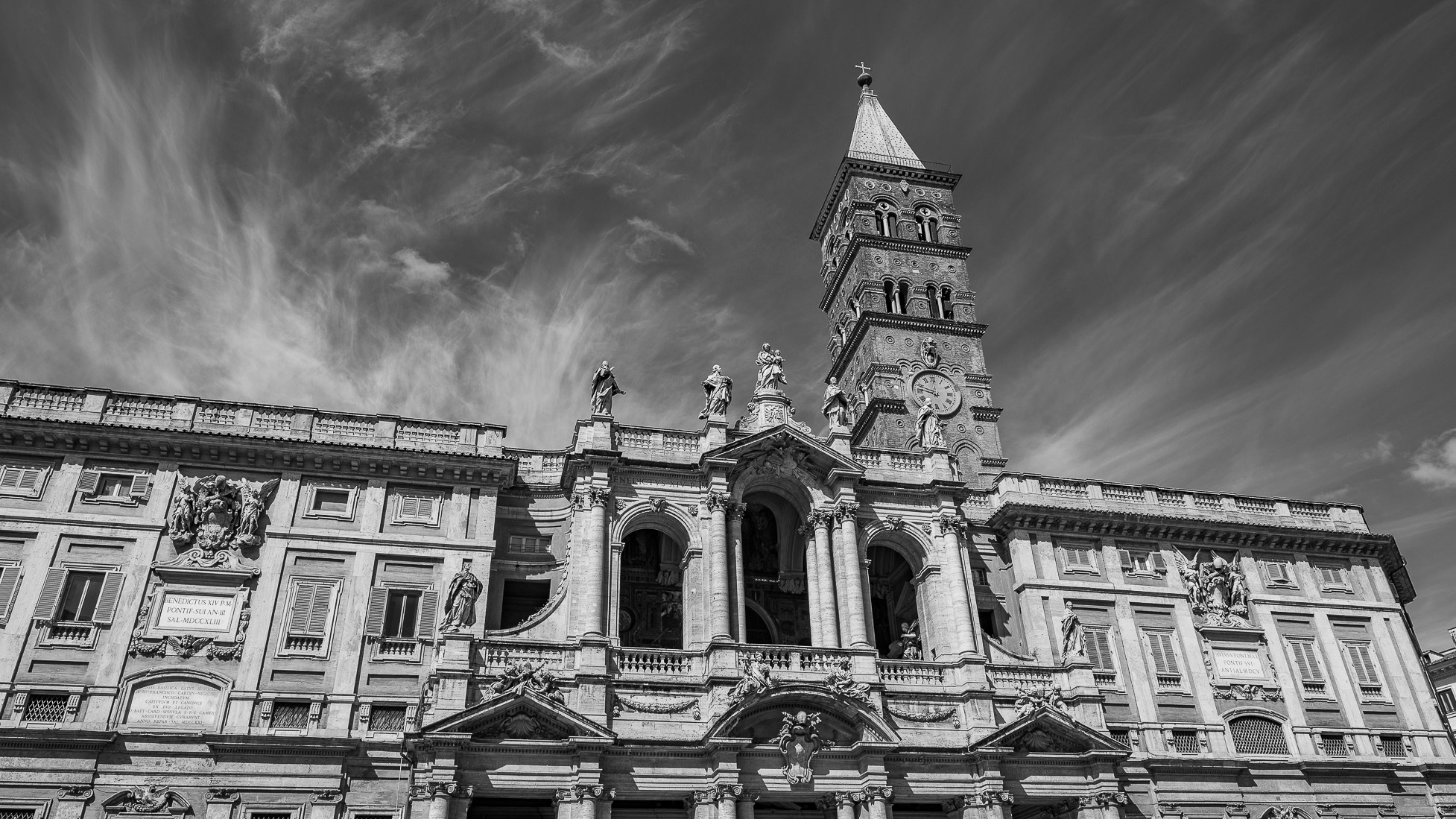
2023
Roma. The Papal Basilica of Santa Maria Maggiore
The papal Liberian archpriest major archbasilica of Santa Maria Maggiore, known simply by the name of basilica of Santa Maria Maggiore or basilica Liberiana (because on its site it was thought there was a cult building erected by Pope Liberius, which however has been denied by investigations carried out under the pavement), is one of the four papal basilicas of Rome, located in Piazza dell'Esquilino on the top of the homonymous hill, on the top of the Cispio, between the Rione Monti and the Esquilino. It is the only basilica in Rome to have preserved the primitive paleo-Christian structure, albeit enriched by subsequent additions.
